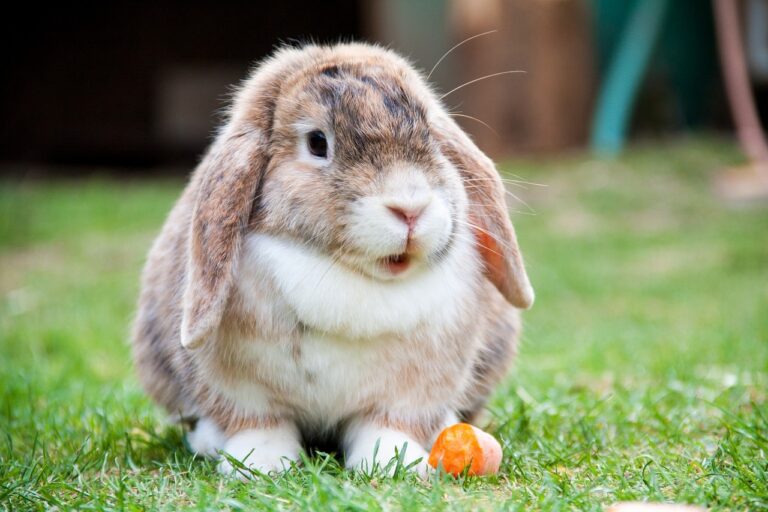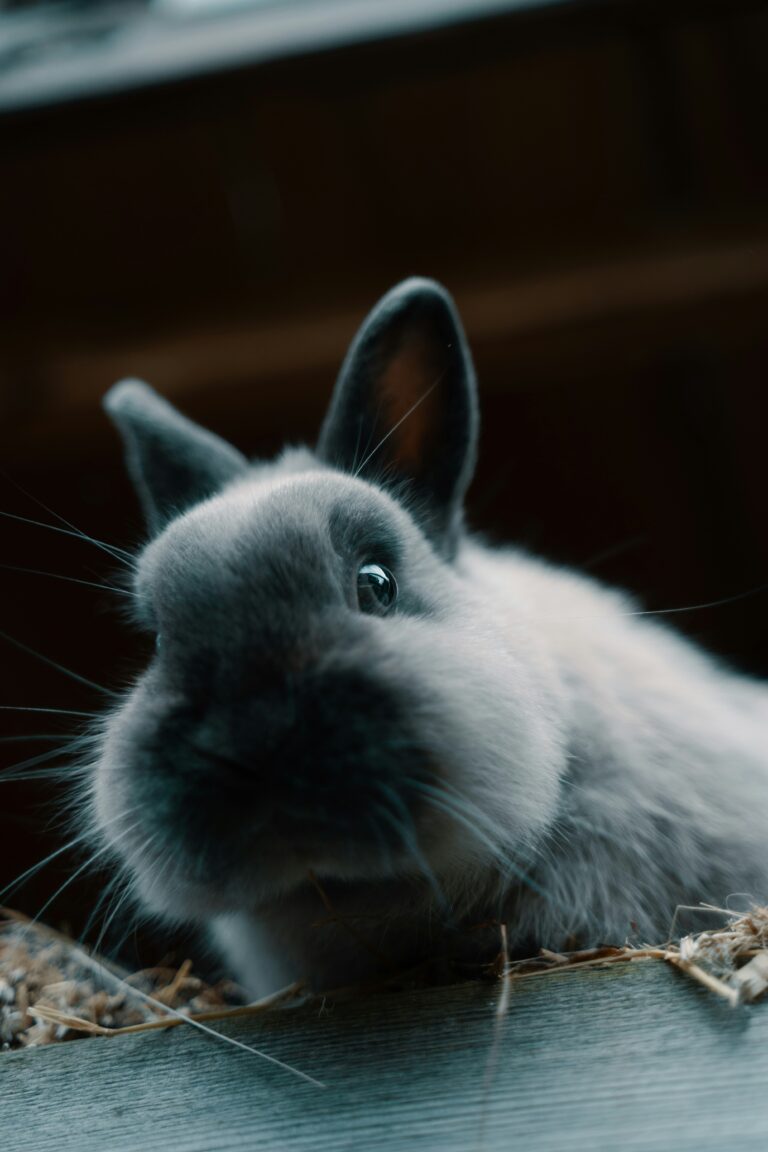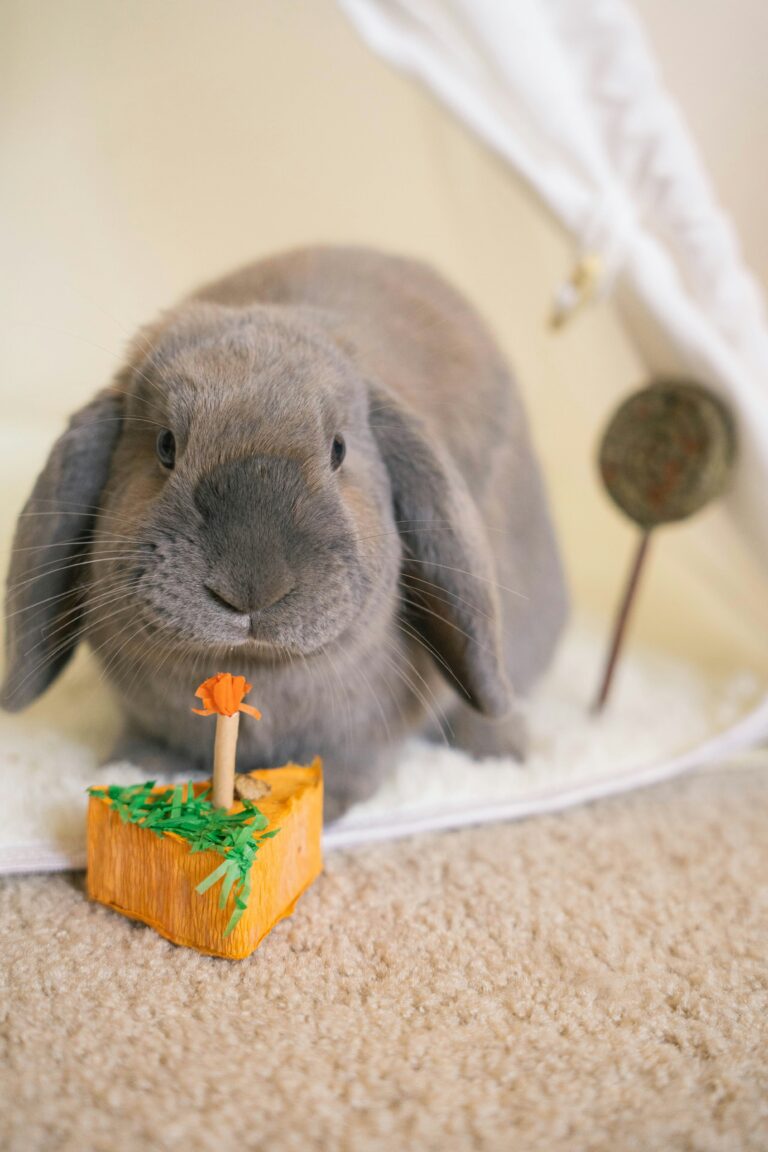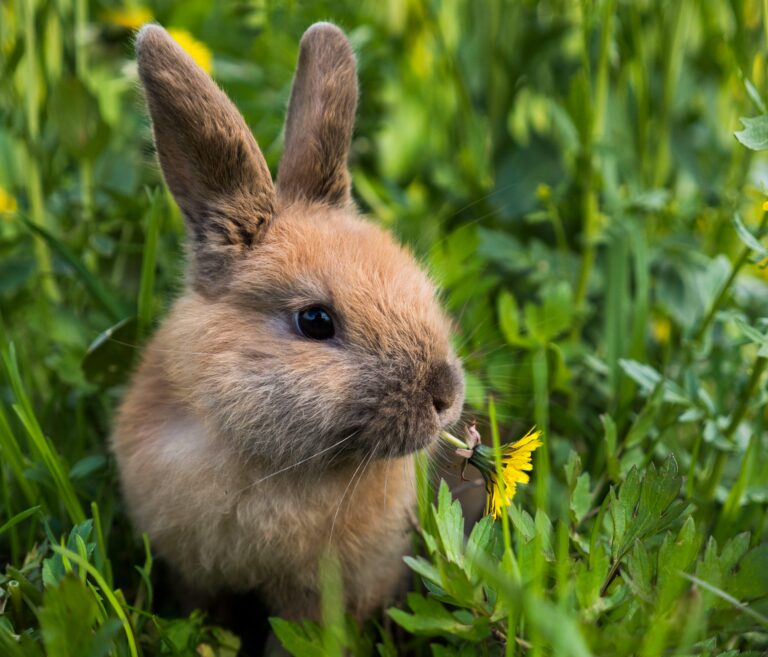Should You Let Your Rabbit Chew on Wood?

To maintain good dental health, it is important to provide your rabbit with plenty of chew toys to wear down their constantly growing teeth. Among the materials suitable for chewing, wood stands out for its accessibility and benefits.
This guide aims to shed light on why wood chewing is essential for rabbits, the advantages it brings, and what types of wood are safe for your furry friend!
The Vital Role of Chewing in Rabbit Health
Dental Health
Rabbits possess unique dental anatomy, with teeth that grow continuously at a rate of 2-3mm a week. This evolutionary adaptation, meant to compensate for the natural wear from their fibrous diet, can lead to severe complications if not properly managed. Overgrown teeth can result in malocclusion, causing difficulty in eating, severe pain, and even jaw abscesses. Regular chewing on appropriately hard materials like wood naturally files the teeth down, preventing these issues.
Psychological Wellbeing
Beyond physical health, the act of chewing has profound psychological benefits for rabbits. It serves as a crucial outlet for their natural behaviors, such as foraging and exploring. The absence of chewable materials can lead to boredom and stress, which are detrimental to a rabbit’s mental health. Furthermore, the lack of appropriate chewing options can drive rabbits to chew on harmful objects, risking their safety and causing potential damage to their environment.
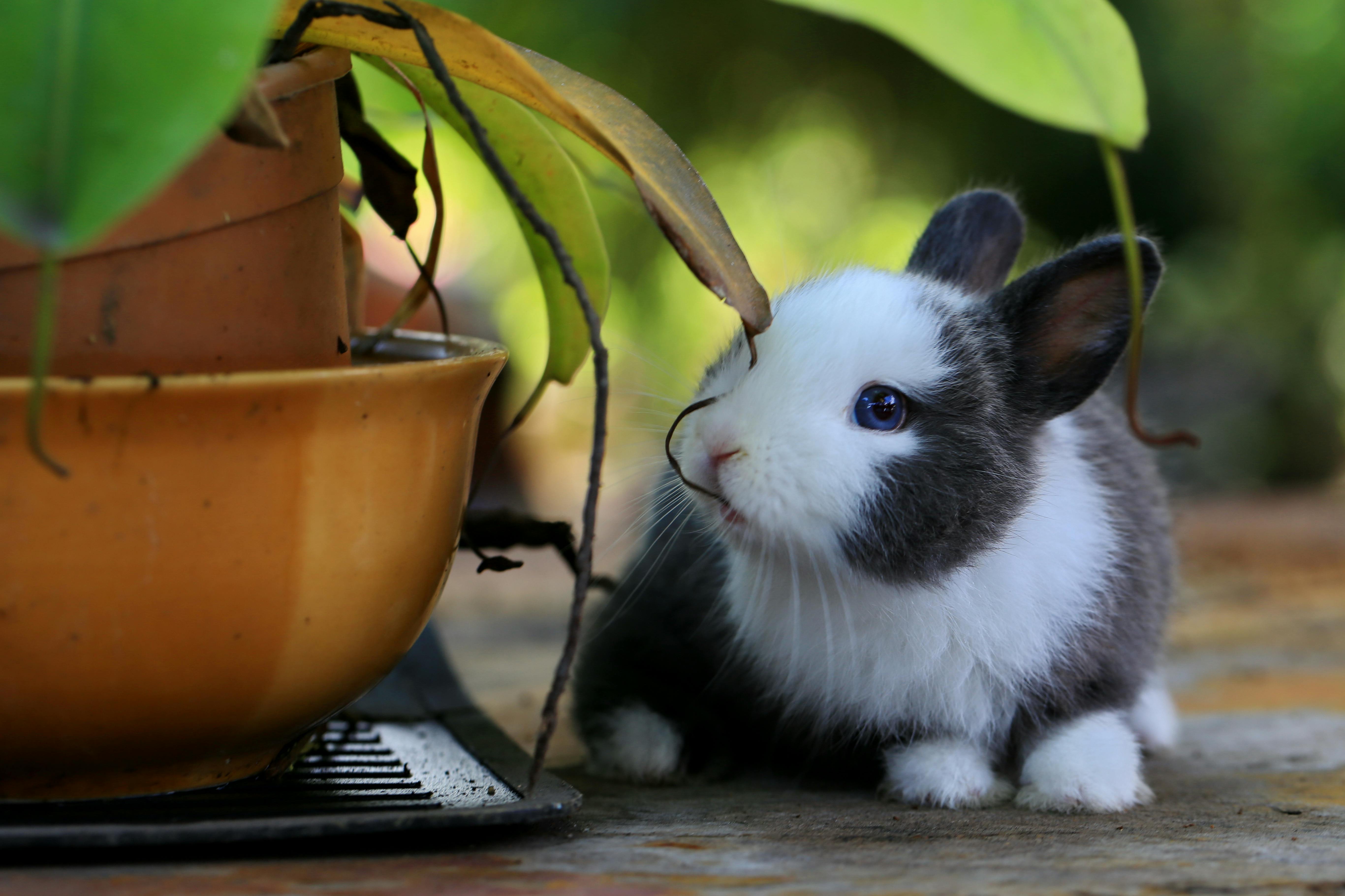
The Advantages of Providing Wood for Chewing
Ensuring a Natural and Enriching Environment
Incorporating wood into a rabbit’s habitat simulates their natural environment, offering them materials to gnaw on, interact with, and explore. This enrichment enhances their quality of life, keeping them engaged and satisfied.
Types of Safe Wood for Rabbits
Not all woods are created equal when it comes to rabbit safety. Here’s a closer look at some safe options and their unique benefits:
Apple Wood: Renowned for its hardness and tastiness, apple wood is a rabbit favorite. It’s crucial to ensure it’s free from pesticides and chemicals.
Willow: Willow not only is safe but also has a texture that rabbits find appealing. Your rabbit might really enjoy it, just make sure it’s free from any pesticides and chemicals.
Birch and Maple: These are suitable options, provided they are untreated and free from any harmful substances. Birch, in particular, should be offered without the bark to prevent any risk of harm.

Introducing Wood to Your Rabbit: Best Practices
To safely introduce wood to your rabbit’s diet, start with small pieces to gauge their interest and monitor for any adverse reactions. It’s advisable to offer a variety of wood types to keep your rabbit engaged and to simulate the diversity they would encounter in a natural setting. Supervision during initial interactions with new wood types is essential to ensure safety and positive experiences.
Maintenance, Hygiene, and Safety Considerations
Regular inspection of wood chew toys and structures is necessary to maintain a safe and hygienic environment. Remove any pieces that become too small or sharp to prevent choking hazards or injuries. Additionally, all wood provided should be thoroughly dried and free from mold, which can pose health risks to rabbits.
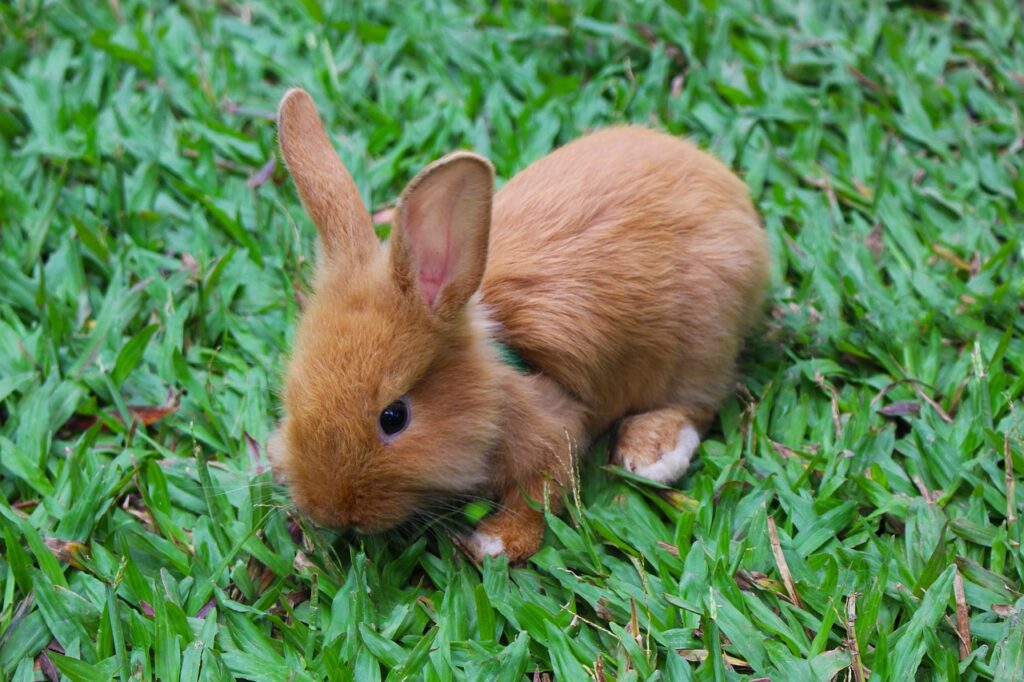
Conclusion
Providing safe and suitable wood for rabbits to chew on is more than just a way to keep them entertained; it’s an essential aspect of their care that supports their dental health, psychological wellbeing, and natural behaviors. By understanding the types of wood that are safe and following best practices for introduction and maintenance, rabbit owners can ensure their pets lead a fulfilling and healthy life!


